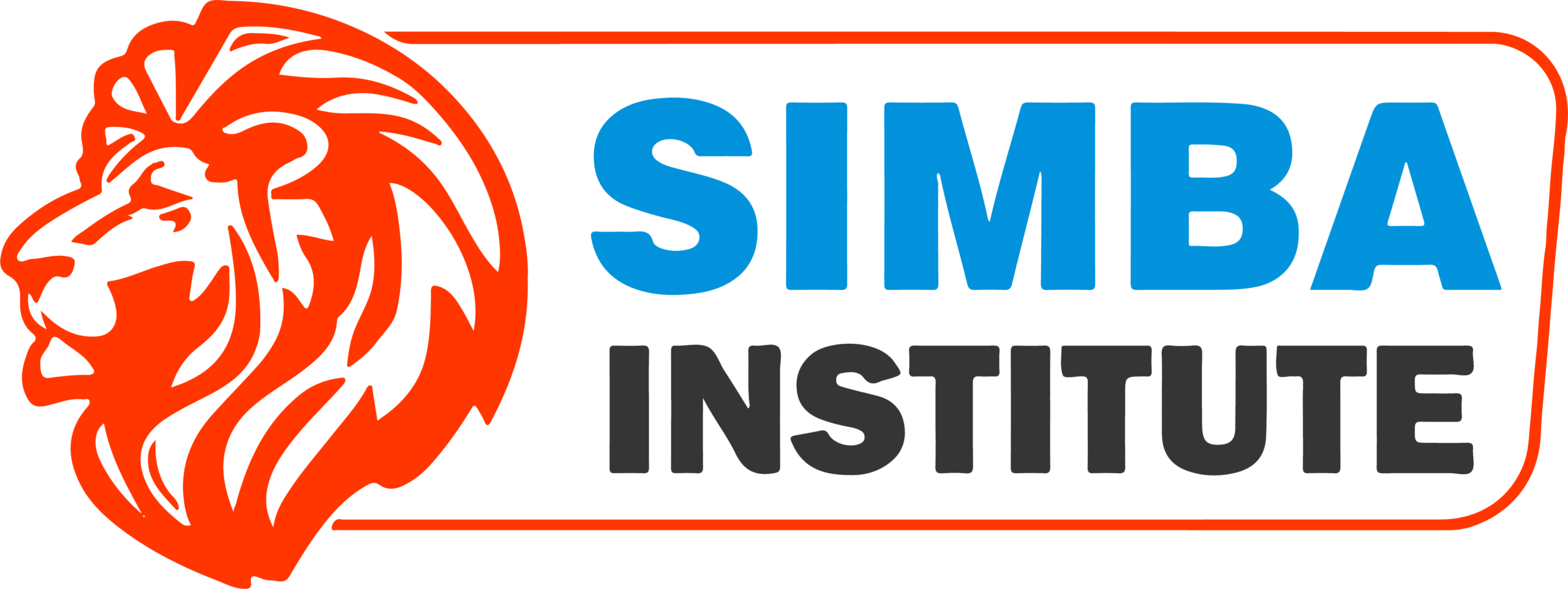Introduction:
In today’s digital landscape, optimizing your website for search engines is essential for attracting organic traffic and reaching your target audience. An SEO audit is a methodical examination of the functionality and optimization efforts of your website that aids in identifying its advantages, disadvantages, and areas in need of development. This comprehensive guide will walk you through the process of conducting an SEO audit to enhance your website’s visibility and drive sustainable growth.
- Setting Clear Goals:
Clearly defining your goals is essential before starting an SEO assessment. Think about the goals you have for your website: enhancing user experience, boosting conversions, optimizing search engine results, or increasing organic traffic. Setting specific and measurable goals will guide your audit process and ensure you focus on areas that align with your overall business objectives.
- Keyword Analysis:
The SEO strategy for your website is built on keyword research. Find the relevant expressions and terms that members of your target market use in their searches. Use keyword research tools like as Ahrefs, SEMrush, and Google Keyword Planner to find high-value keywords with manageable competition. Utilize keyword research tools like Google Keyword Planner, SEMrush, or Ahrefs to discover high-value keywords with reasonable competition levels. Analyze keyword search volume, relevance, and competition to prioritize your keyword targeting efforts.
- On-Page SEO:
Optimizing individual pages of your website to increase their accessibility and relevancy to search engines is known as on-page SEO. Examine important on-page components, including headers, URL structures, meta descriptions, and title tags. Ensure each element is optimized for target keywords while maintaining readability and relevance. Additionally, focus on optimizing content quality, internal linking, and multimedia elements to enhance user experience and engagement.
- Content Quality:
Content of the highest caliber is the foundation of every effective SEO strategy. Examine the distinctiveness, relevancy, and quality of the material on your website’s different pages and forms. Find ways to provide fresh, worthwhile material that speaks to the interests and requirements of your target market.
Consider incorporating diverse content types such as blog posts, videos, infographics, and case studies to cater to different user preferences and search intents.
- Site Structure and Navigation:
In addition to enhancing user experience, a well-structured website makes it easier for search engines to crawl and index content. Make sure the navigation, hierarchy, and structure of your website are clear and easy to use. Identify and fix issues such as broken links, orphaned pages, and crawl errors that could hinder search engine accessibility. Optimize internal linking to establish a logical flow of information and distribute link equity effectively throughout your site.
- Mobile Optimization:
It’s critical to optimize your website for mobile consumers due to the widespread use of mobile devices. Check the performance and responsiveness of your website across a range of screens and devices. Make sure that font sizes, interactive components, and page structure are optimized for mobile visitors to provide a flawless surfing experience. Pay attention to mobile-specific SEO factors such as page speed, usability, and mobile-friendly design to enhance your site’s visibility in mobile search results.
- Page Speed:
One important component that affects both search engine rankings and user experience is page speed. Utilize tools such as GTmetrix or Google PageSpeed Insights to assess the loading performance of your website. To increase page speed and shorten loading times, optimize picture sizes, reduce the amount of CSS and JavaScript files, and make use of browser caching. In order to improve worldwide loading times and optimize content distribution, you should also think about putting content delivery networks (CDNs) into place.
- Backlink Analysis:
Backlinks play a crucial role in determining your website’s authority and credibility in the eyes of search engines. Examine the backlink profile of your website to determine the quantity and quality of incoming links. Prioritize obtaining high-quality backlinks from reputable and pertinent websites within your industry. Backlinks that are harmful to your site’s reputation and search engine rankings should be disavowed. Regularly monitor your backlink profile and proactively build relationships with influencers, industry publications, and other reputable sources to earn valuable backlinks over time.
- Technical SEO:
Technical SEO refers to a variety of technical factors that affect the search engine performance and visibility of your website. Perform a comprehensive examination of technical components, including site architecture, crawlability, indexing, and structured data markup. Address issues such as duplicate content, canonicalization errors, broken redirects, and URL parameters that could negatively impact your site’s SEO performance. Implement best practices for technical optimization to ensure your website is easily accessible, crawlable, and indexable by search engines.
- Analytics and Tracking:
Analytics tracking is essential for monitoring your website’s performance and measuring the effectiveness of your SEO efforts. Establish up powerful analytics programs like Google Analytics and Google Search Console to monitor important performance indicators including user engagement, organic traffic, term ranks, and conversion rates. Regularly analyze data to find trends, patterns, and areas that can be optimized. Use insights from analytics to refine your SEO strategy, prioritize initiatives, and drive continuous improvement in your website’s search engine visibility and performance.
Conclusion:
Conducting an SEO audit is a proactive approach to optimizing your website for search engines and improving its overall performance.To boost your website’s visibility, draw in more organic visitors, and accomplish your business objectives, you may fix technical difficulties, pinpoint areas for improvement, and put into practice efficient SEO tactics by following the steps given in this tutorial. Keep in mind that SEO is a continuous process, and regular audits are necessary to sustain and improve the performance of your website over time.




